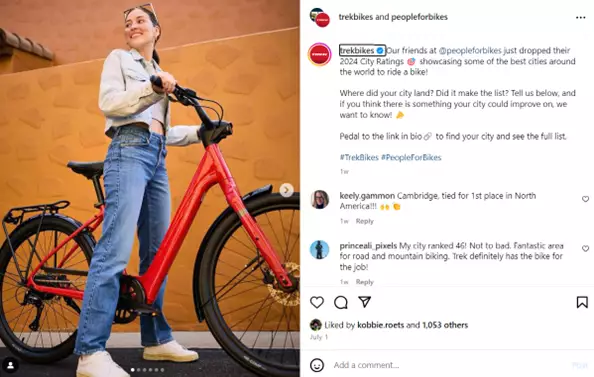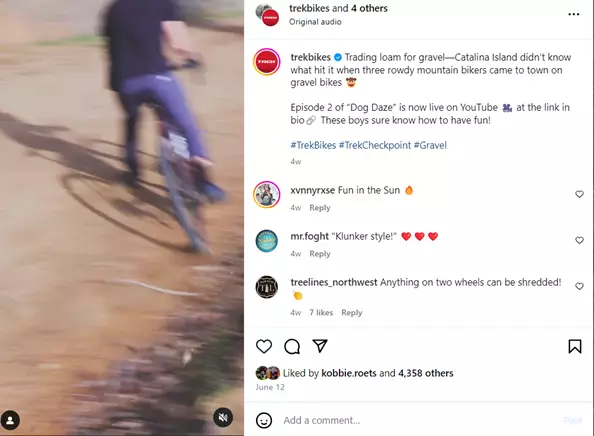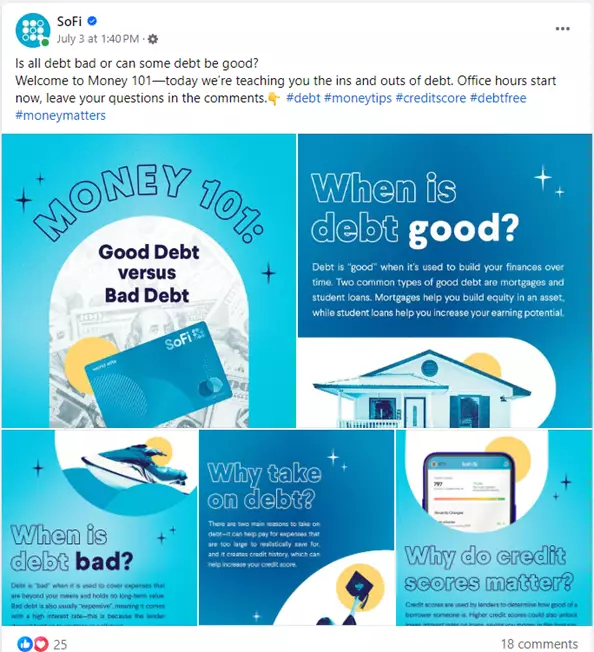How to Create a Brand Voice Strategy That Works
Effective branding combines visual and emotional elements to create an immediate and lasting bond with the audience. Brand voices speak to past, current, and prospective users in a unique way that improves brand loyalty, invites new customers, and eventually becomes an intrinsic part of the brand’s identity.
Creating a brand voice and tone is a revealing and exciting process. Let’s walk through it!
What Is Brand Voice?
A brand voice is the uniquely identifiable way a brand speaks to its target audience and the broader market. It includes everything a company says and doesn’t say, the language it uses, and the sort of conversations it engages in with its customers.
Brand Voice vs. Tone
Even though the phrase “brand tone of voice” can be used as a singular entity, many marketers differentiate between brand voice and tone:
- Brand voice is what it says and what topics it covers.
- Brand tone is how it says it.
Both brand voice and tone are elements of your broader brand personality. While your personality and values don’t change, your communication style should change to meet consumer expectations on various marketing platforms. Social media is one of the best examples of brand voice adapting to different marketing channels. TikTok and LinkedIn have very different audiences, so brands must adjust how they communicate to meet those platform-specific expectations. However, the personality and values don’t change. Coca-Cola, for example, might use different language on LinkedIn than in TV advertisements, but the content still represents the brand’s values.
Want a sneak peek at what a brand voice and tone looks like? Download a sample guide we “created” for our fictional brand, Hot Air Guitar Lessons.
Brand Voice and Tone Examples
Companies invest a lot of time and resources into developing just the right brand voice characteristics, especially in competitive markets. Here are a few of our favorite brand voices. See if they speak to you.
Trek Bikes – Fun, enthusiastic, personable
Trek stands out in the cycling industry for its inviting, positive branding voice. Cycling is an industry that tends to sell on elitism, exclusivity and being a bit too cool for school. But Trek stands out for being the opposite of its competitors in nearly every respect. The brand also speaks to its value by frequently referencing its environmental commitments without seeming to pat itself on the back.


SoFi – Accessible, informative, supportive
SoFi (Social Finance, Inc.) is an online financial institution that started servicing student loans. Building on its youth-focused audience, it has since expanded into a dozen other banking services and financial products but has never lost its youthful, educational tone – without sounding condescending.


Regardless of the industry or market, a brand’s tone and voice should be unique, consistent, identifiable and reflect its personality. Now, let’s find your brand voice.
How to Create a Brand Voice Guide
Buckle up because finding your brand voice is a process. At Oneupweb, we workshop these types of brand voice, tone, and personality decisions to help clients bring a wider perspective to the process. Bring your team together and leave preconceptions and filters at the door because this gets interesting!
1. Define Your Audience
To effectively communicate, you shape a cohesive message for the right listener. So, you have to know who you’re talking to! Leverage all your demographic data to define your target audience’s age, interests, active platforms, preferred ways of shopping or converting, and any geographical limitations. If you don’t sell in Australia, you can skip the “G’day, mates!” (unless that’s your thing).
Use customer surveys, market research, Google Analytics data, and social media follow information to learn exactly who you’re talking to.
2. Define Your Brand Personality
Whether you’ve conducted a professional branding workshop or not, you probably know what your brand looks like and what it stands for. Take some time to explore your brand’s personality in any way that helps you conceptualize who your brand is. That might include:
- Comparing and contrasting your brand to competitors
- Comparing and contrasting your brand to companies you admire (or despise)
- Comparing your brand to celebrities, TV shows, artists – anything that makes sense
In addition to these comparisons, jot down a few words that describe your brand as you know it. We might describe Apple’s branding as:
- Innovative
- Sleek
- Premium
- User-friendly
- Elegant
- Minimalist
- Cutting-edge
- Reliable
- Trendsetting
- Aspirational
3. Create Your Brand Tone of Voice Guidelines
Once you’ve defined everything you are, it’s time to consider everything you’re not. A brand voice and tone guide is the written component of a comprehensive brand style guide. Building on your brand’s visual elements, this living document includes everything a new hire, outside vendor or freelancer might need to deliver your brand voice effectively and consistently.
It should include several writing conventions, including:
- Grammar and Style Guide – Do you use AP, Chicago style or something else?
- Brand-Specific Style Conventions – Do you use serial commas? En dashes or em dashes? Contractions?
- Words for Big Things – What do you call your customers? What do you call your employees? How do you (and don’t you) talk about your product?
- Dos and Don’ts – Which words, phrases, and topics do you focus on, and which do you avoid? Involve your legal team in this part!
The goal is to create a set of standards that keep brand copy consistent across platforms, regardless of who writes it and what the subject matter is. The goal is not to create a strict set of approved content that is copy-pasted into all materials.
After creating your initial voice and tone guide, remember that it can become more detailed based on experience. At Oneupweb, our content marketing team uses client-sourced writing guides or guides that we’ve created for our clients by running a workshop for them. Then we maintain additional documentation of our clients’ voice and tone preferences based on their feedback so any of our writers can step in and contribute without a steep learning curve.
Finally, remember that a brand’s voice and tone will change over time. Keep updating your brand guidelines as conversations, audiences and marketing channels shift.
Brand Voice and Tone Matter; Let’s Hear Yours
For nearly three decades, we’ve helped growing and established brands across industries build strong, unforgettable identities. Our clients get a hand-picked, experienced team to guide brand strategy and turn concepts into winning assets. When it’s time to think big, it’s time to contact Oneupweb. We’d love to hear from you here, or you can call (231) 922-9977 to get started!